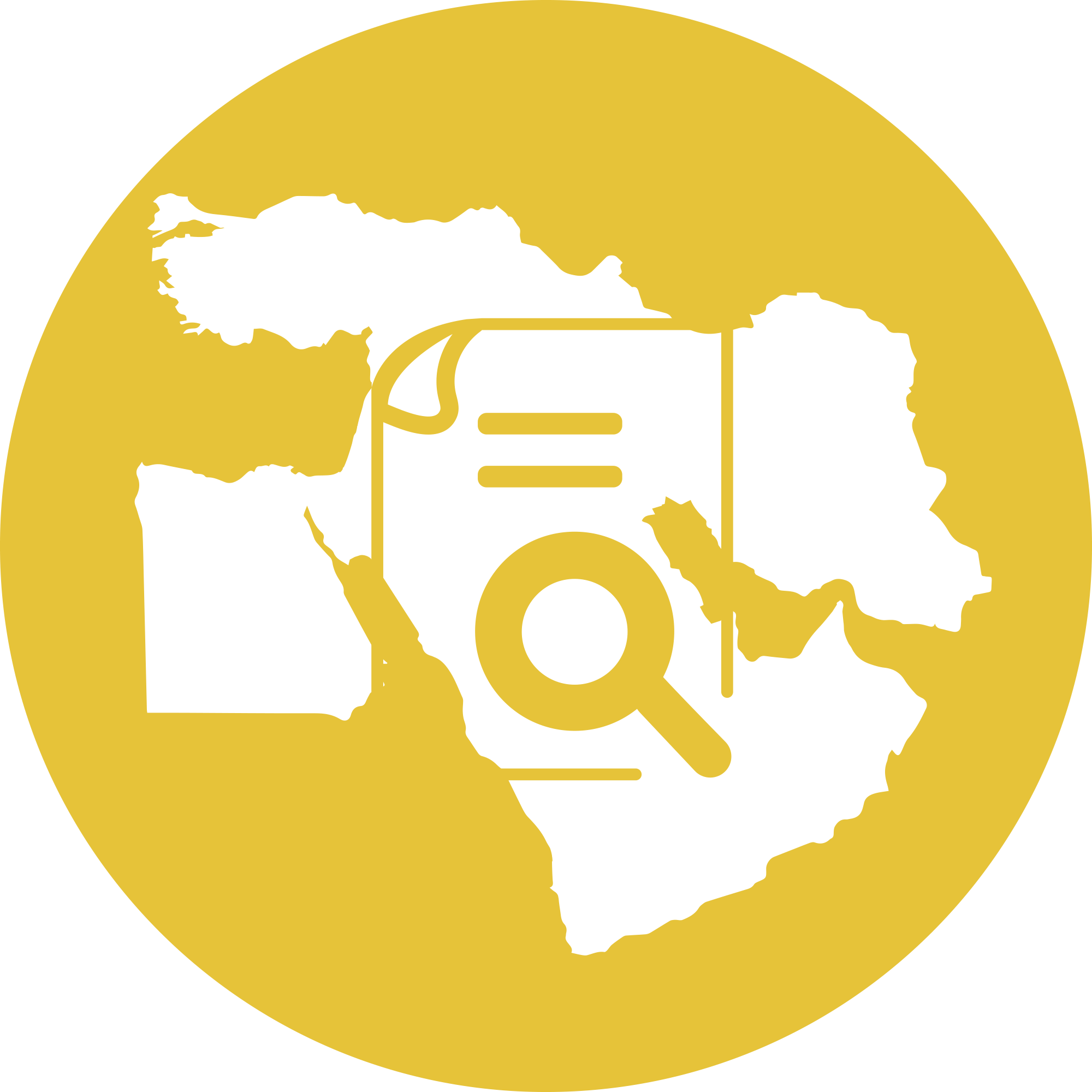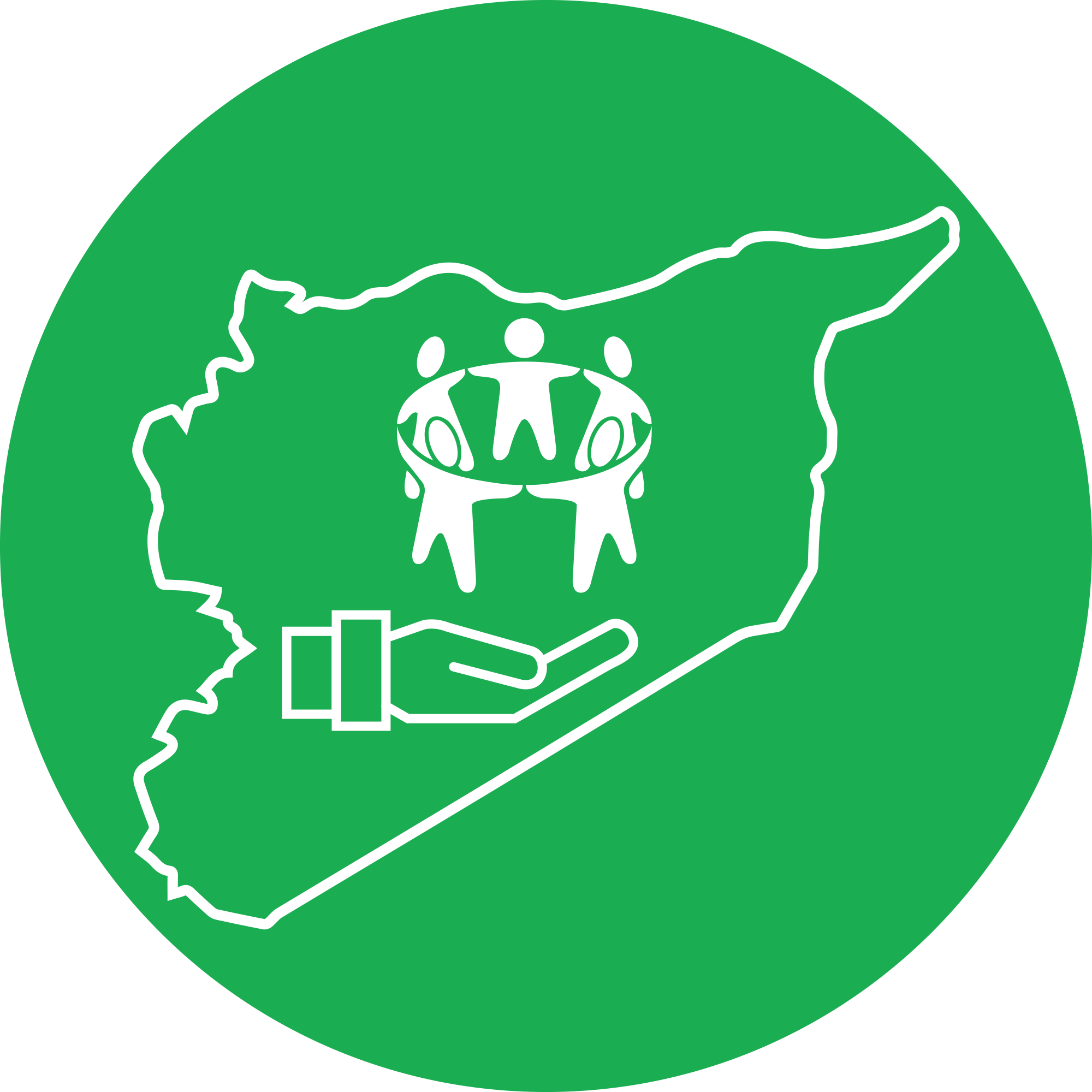Authors: Olivia Wilkinson, JLI Research Director, and Jennifer Philippa Eggert, JLI Senior Research Associate
What’s the best way to include religious diversity in humanitarian settings? Olivia Wilkinson and Jennifer Philippa Eggert, from the Joint Learning Initiative on Faith and Local Communities (JLI), share insights on their new working paper co-published by JLI and CREID.
Why religious diversity matters in humanitarian contexts
Religion is considered a taboo subject for some humanitarians, who view religious dynamics as irrelevant at best and a hindrance or blockage at worst. They may be reluctant to engage with religious dynamics – perhaps out of a fear that engagement with religion may contradict humanitarian principles such as neutrality and impartiality, or, that it may exacerbate existing tensions in a humanitarian context.
While it is necessary to take these concerns into account, ignoring religious dynamics is not the answer. It can lead to inappropriate and even harmful aid.
When religious dynamics are a reality in the context and it is in many – if not most – humanitarian settings worldwide, it must be considered, in the same way as any other sociocultural factors.
Moving beyond a simple focus on faith
In recent years, an increasing but still relatively small number of publications have focused on faith and humanitarian action. However, a faith-sensitive lens alone is not sufficient if this means only including religious majorities. For full sensitivity, religious dynamics of inclusion and exclusion should also be understood, so that diverse religious minorities are included, as well as religious majorities.
A practical guide on addressing religious diversity in humanitarian work
While research publications can provide useful context and increase our understanding of relevant issues, their findings are not always translated into practice. There are very few practical materials to guide the inclusion of religious minorities and religious diversity in humanitarian response.
Our newly published CREID/JLI paper on Understanding Inclusivity of Religious Diversity in Humanitarian Response starts a conversation about what questions should be considered when addressing religious dynamics in humanitarian settings.
The paper consists of three parts:
- Analysing existing academic and policy/practice-focused literature
The first section is a background review of academic literature and policy/practice-focused reports on the topic. It provides an overview of when inclusion of religious diversity is (and is not) mentioned in existing relevant publications.
We expect this to be useful to practitioners, policymakers and researchers who would like to understand the context of current practices and debates around inclusivity and religious diversity in humanitarian settings.
We have included separate discussions on (1) assessment including conflict and context analysis; (2) monitoring and evaluation, as most existing work focuses on these stages of the programme cycle and (3) lessons learned that can also be of use when addressing religious dynamics, such as:
- an emphasis on participation
- contextualised approaches
- the inclusion and safeguarding of vulnerable and marginalised groups.
If practised comprehensively, these should also include attention to religious diversity.
- Reviewing humanitarian tools
The next section reviews tools relevant to humanitarian action when it comes to considering religious diversity and inclusion, Freedom of Religion and Belief, and religious minorities.
Its tables are broadly structured along the humanitarian programme cycle. Their columns cover the main details of each tool, then direct quotations of relevance from each tool, and finally an analysis of the tool, including emerging key questions.
We have not uncovered a toolkit that specifically covers a framework, questions, and methods needed to analyse the inclusion of religious diversity in humanitarian responses. As such, this review work demonstrates that this is a gap. Indeed, there is currently very little guidance on how to mainstream awareness of religious diversity into everyday humanitarian programming which points to a great need for further investigation with humanitarian actors themselves into how they examine questions of religious inclusion in humanitarian responses.
- Recommended questions around religious dynamics and the project cycle
In the final section of the paper, we hope to stimulate discussion on these issues with a set of recommended questions.
These questions aim to help humanitarians think through how their work may affect religious dynamics (and vice versa), at each stage of the project cycle. That is, from assessment, design and planning, implementation, to evaluation, and on other related topics such as methods, data, and organisational culture.
The working paper as a whole aims to encourage the humanitarian sector to reflect on if/when religious diversity is included as part of general diversity requirements, what prompts humanitarians to consider including religious diversity, and if religious diversity is addressed, how comprehensive is the approach.
This analysis was originally published by the Institute of Development Studies






